Ensuring Safety with Fireplaces and Heaters
As the chilly winds of winter begin to blow, many of us find ourselves reaching for the warmth and comfort of our fireplaces and heaters. However, while these appliances can create a cozy atmosphere, they also come with a set of responsibilities. It's crucial to understand the importance of safety measures when using fireplaces and heaters to prevent fire hazards and ensure a secure environment in your home. In this article, we will explore essential safety guidelines, discuss various types of heaters, and highlight the necessary precautions to keep your home warm and safe.
Fire hazards can lurk in the most unexpected corners of our homes, especially when it comes to heating appliances. Did you know that a significant number of house fires are linked to heating equipment? Common causes include:
- Overheating appliances
- Improperly maintained chimneys
- Flammable materials placed too close to heaters
Identifying these risks is the first step in safeguarding your home. Regular inspections and awareness of your heating equipment's condition can make a world of difference. Always keep an eye out for signs of wear and tear, and don't hesitate to address any concerns promptly. Remember, a little vigilance goes a long way in preventing a disaster!
With a plethora of heating options available today, selecting the right heater for your home can feel overwhelming. From electric to gas heaters, each type has its own set of benefits and safety features. The key is to consider your specific needs and the space you are working with. For instance, if you're looking for something energy-efficient, electric heaters might be your best bet. On the other hand, if you prefer a more traditional approach, gas heaters could be the right choice.
Electric heaters are popular for their ease of use and energy efficiency. They heat up quickly and can be easily moved from room to room. However, it's essential to follow some basic safety precautions:
- Always plug directly into a wall outlet, avoiding extension cords.
- Keep flammable materials at least three feet away.
- Turn off the heater when leaving the room or going to bed.
By adhering to these guidelines, you can enjoy the comfort of electric heaters without compromising safety.
Portable electric heaters offer unparalleled mobility and convenience. They can be placed wherever you need extra warmth, making them a fantastic option for many households. However, their flexibility comes with a few caveats. It’s crucial to ensure that:
- They are placed on a flat, stable surface.
- They are not left unattended while in use.
While portable heaters can be a lifesaver on cold nights, a little caution can prevent them from becoming a fire hazard.
Wall-mounted heaters are another excellent choice, especially for those with limited floor space. They are often designed to be more efficient and safer than their portable counterparts. Installation is key here—make sure it's done professionally to comply with safety codes. This not only enhances efficiency but also minimizes risks associated with improper installation.
Gas heaters can provide a powerful source of heat, but they require careful handling. It's essential to understand the functionality of gas appliances and the potential risks involved. Regular maintenance is crucial to prevent issues like gas leaks, which can lead to dangerous situations. Always ensure that:
- Gas lines are checked regularly.
- Ventilation is adequate to prevent carbon monoxide buildup.
Being proactive about gas heater maintenance can keep your home warm and safe.
When it comes to fireplaces and heaters, proper installation is non-negotiable. Hiring a professional ensures compliance with safety codes and regulations, minimizing risks associated with improper setups. A well-installed heating system not only performs efficiently but also significantly reduces the chances of fire hazards.
Chimney and vent maintenance is another critical aspect of fireplace safety. Regular inspections can prevent blockages that could lead to dangerous situations. It’s advisable to have your chimney cleaned and inspected at least once a year, especially before the heating season starts. This simple step can ensure the safe and efficient operation of your fireplace.
Equipping your home with the right safety tools is essential for anyone using fireplaces and heaters. Consider investing in:
- Fire extinguishers—keep them easily accessible.
- Smoke detectors—test them monthly to ensure they are functional.
- Carbon monoxide alarms—these are vital for homes with gas appliances.
Having these tools on hand can provide peace of mind and help you respond quickly in case of an emergency.
Q: How often should I have my heating appliances inspected?
A: It's recommended to have them inspected at least once a year, especially before the heating season.
Q: Are electric heaters safer than gas heaters?
A: Both types can be safe if used correctly. Electric heaters are generally easier to manage, while gas heaters require more maintenance and caution regarding gas leaks.
Q: What should I do if I smell gas?
A: If you smell gas, evacuate the area immediately and contact your gas company or emergency services.
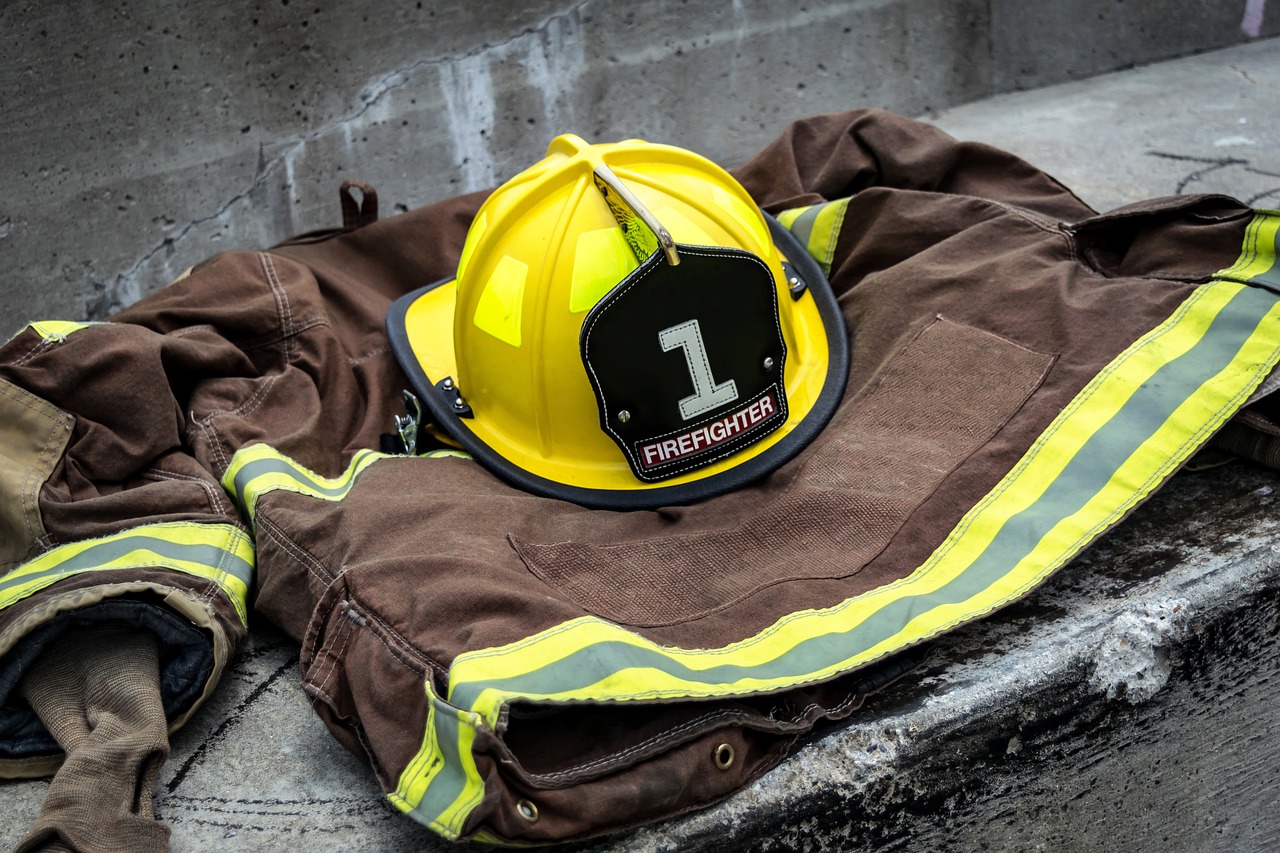
Understanding Fire Hazards
When it comes to keeping our homes cozy and warm, fireplaces and heaters play a crucial role. However, with this warmth comes a significant responsibility: understanding the fire hazards that can arise from their use. It's essential to recognize that the very appliances designed to provide comfort can also pose serious risks if not handled properly. So, what are these risks, and how can we identify them in our homes?
One of the most common causes of fires related to heating appliances is improper maintenance. For instance, if you neglect to clean your fireplace or chimney, creosote can build up, which is highly flammable. Similarly, heaters that are not regularly serviced can develop faults that lead to overheating or electrical failures. This highlights the importance of regular inspections and maintenance to ensure that everything is in tip-top shape.
Another significant hazard arises from the placement of heaters and fireplaces. Many people may not realize that proximity to flammable materials can be a recipe for disaster. Items like curtains, furniture, and even paper can ignite if they are too close to a heat source. A good rule of thumb is to maintain a safe distance—at least three feet—between your heating appliances and any combustible materials. This simple precaution can drastically reduce the risk of a fire breaking out.
Moreover, the type of fuel used in heating appliances also contributes to fire hazards. For instance, gas heaters can pose risks such as gas leaks, which can lead to explosions or asphyxiation if not detected early. It's vital to ensure that gas appliances are installed correctly and that you have a reliable system in place to detect any leaks. Regular checks can be lifesavers.
In addition to these factors, overloading electrical circuits can also lead to fires, particularly with electric heaters. Many people plug multiple devices into a single outlet, thinking it’s harmless, but this can lead to overheating and potential ignition. Always ensure that your electrical systems are up to code and capable of handling your heating needs.
Lastly, being aware of the signs of potential fire hazards is crucial. You should look out for:
- Unusual noises from your heater
- Flickering lights when the heater is on
- Burning smells or smoke
If you notice any of these signs, it’s important to act immediately—turn off the appliance and consult a professional. By being proactive and vigilant, you can significantly reduce the risk of fire in your home.
In summary, understanding fire hazards associated with fireplaces and heaters is not just about recognizing the dangers; it’s about taking proactive steps to mitigate those risks. Regular maintenance, proper placement, awareness of fuel types, and vigilance for warning signs can all contribute to a safer environment. Remember, a warm home should never come at the cost of safety!
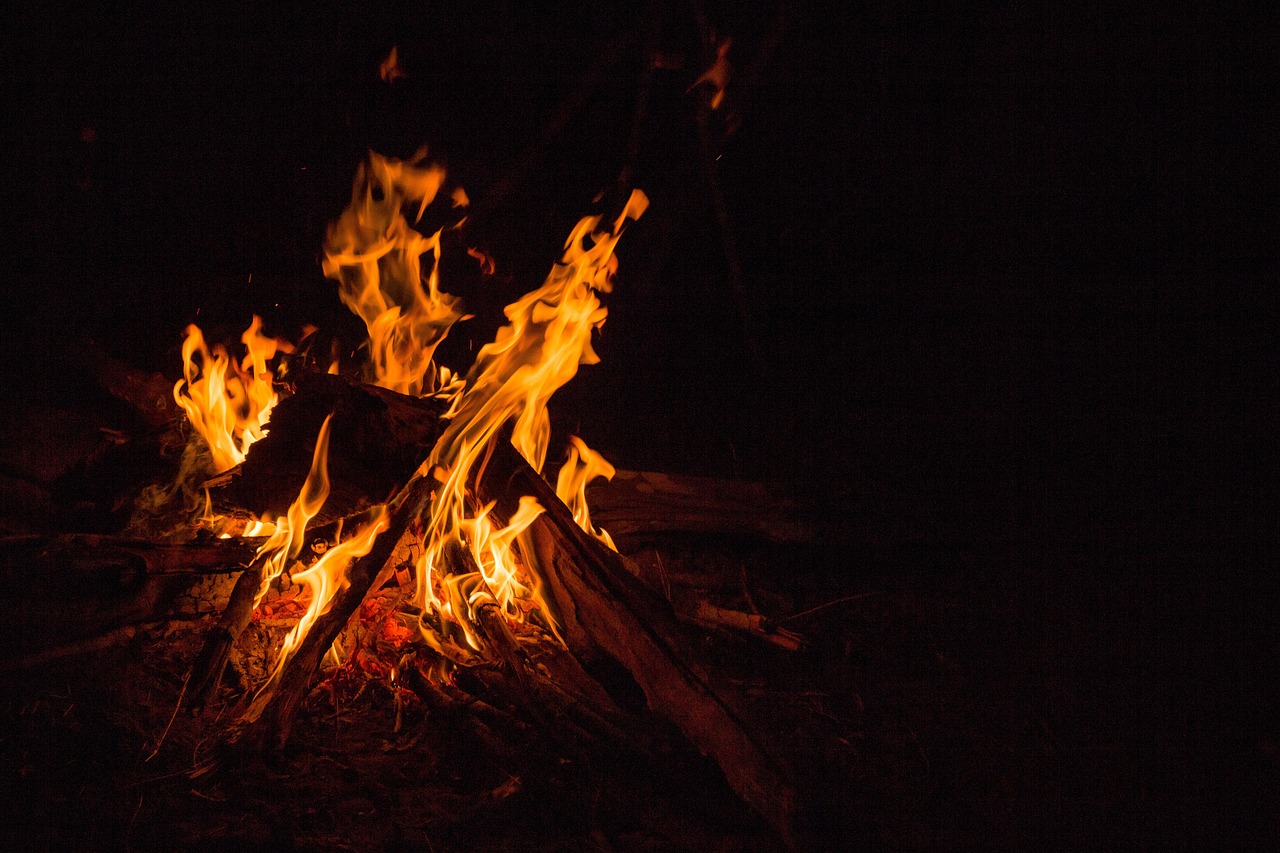
Choosing the Right Heater
When it comes to keeping your home warm and cozy during those chilly months, choosing the right heater is more than just a matter of comfort—it's a matter of safety and efficiency. With a plethora of options available, it can feel overwhelming to sift through the choices. But fear not! By understanding the different types of heaters and their specific features, you can make an informed decision that suits your needs. So, let's dive into the world of heaters and discover what works best for you.
First off, it’s essential to consider the type of fuel your heater will use. The main options include electric, gas, and even wood-burning heaters. Each type has its unique benefits and drawbacks, but the goal remains the same: to provide warmth while maintaining a safe environment. For instance, electric heaters are often praised for their convenience and ease of use, making them a popular choice for many households. However, gas heaters can offer more substantial heating capabilities and are often more energy-efficient in larger spaces.
When selecting a heater, you should also think about the size of the space you want to heat. A small room might only need a compact electric heater, while larger areas may require something more powerful, like a gas furnace. It's crucial to match the heater's output with the size of your room to avoid overheating or underheating, which can lead to discomfort and increased energy bills. To assist you in this decision, here’s a quick comparison of heater types based on their heating capacity:
| Heater Type | Heating Capacity (BTUs) | Best For |
|---|---|---|
| Electric Heater | 1,500 - 5,000 | Small to medium rooms |
| Gas Heater | 20,000 - 100,000 | Larger spaces |
| Wood-Burning Stove | 30,000 - 80,000 | Open areas, cabins |
Safety features are another critical aspect to consider when choosing a heater. Look for models equipped with automatic shut-off mechanisms, tip-over protection, and overheat protection. These features can significantly reduce the risk of fire hazards, giving you peace of mind while enjoying your warm space. Remember, a heater that’s packed with safety features might save you from potential disasters down the line.
Additionally, consider the energy efficiency of the heater. Opting for an Energy Star-rated model can lead to significant savings on your energy bills while also being kinder to the environment. It’s a win-win situation! Also, take into account the heater's maintenance needs. Some heaters require more upkeep than others, so choose one that fits your lifestyle. For example, gas heaters may need annual inspections to ensure they are functioning correctly and safely, while electric models generally require less maintenance.
Lastly, don't forget about the aesthetic appeal of your heater. After all, it will be a part of your home decor. Some modern heaters come in sleek designs that can blend seamlessly with your interior style, while others might need a dedicated space that could affect your room layout. So, think about how the heater will fit into your home’s overall design while still serving its primary purpose of keeping you warm.
In summary, choosing the right heater involves balancing factors like fuel type, size, safety features, energy efficiency, and aesthetics. By taking the time to evaluate your needs and preferences, you can find a heater that not only warms your home but also keeps it safe and stylish. Remember, a well-chosen heater can be a reliable companion during those cold winter nights, providing comfort and security for you and your loved ones.

Electric Heaters
When it comes to keeping your home warm and cozy, are often the go-to choice for many homeowners. They are not only easy to use, but they also offer a range of benefits that make them appealing for both short-term and long-term heating solutions. Imagine coming home to a warm space on a chilly evening, with the flick of a switch—sounds perfect, right? However, just like any heating device, there are important safety considerations to keep in mind.
One of the primary advantages of electric heaters is their energy efficiency. Unlike traditional heating systems that can take time to warm up a room, electric heaters provide instant heat. This means you can enjoy a comfortable environment without waiting for the system to kick in. Additionally, many modern electric heaters come with thermostats and timers, allowing you to control the temperature and save on electricity bills. But don't let that ease of use fool you; safety should always be your top priority. It's crucial to ensure that your heater is properly maintained and used according to the manufacturer's guidelines.
When selecting an electric heater, you might encounter various types, each with its own unique features. Here’s a quick overview of the most popular options:
| Type of Heater | Benefits | Safety Considerations |
|---|---|---|
| Convection Heaters | Even heat distribution, quiet operation | Keep away from flammable materials |
| Radiant Heaters | Quick warmth, ideal for small spaces | Do not leave unattended |
| Fan Heaters | Fast heating, portable | Ensure proper ventilation |
While electric heaters have many benefits, it’s essential to follow some safety precautions to prevent accidents. For instance, always keep the heater at least three feet away from any flammable objects such as curtains, furniture, or paper. If you’re using a portable electric heater, avoid leaving it on overnight or when you leave the room. It's a simple rule, but it can make a huge difference in preventing potential fire hazards.
Moreover, consider investing in a heater with built-in safety features. Many modern electric heaters come equipped with overheat protection and tip-over switches, which automatically turn off the heater if it tips over or gets too hot. These features can provide an added layer of safety, especially if you have pets or small children in the house.
In conclusion, electric heaters can be an excellent choice for heating your home, offering convenience and efficiency. However, it's crucial to prioritize safety by following the manufacturer's instructions, maintaining your heater, and being aware of your surroundings. By taking these precautions, you can enjoy the warmth and comfort of electric heating without compromising your home’s safety.
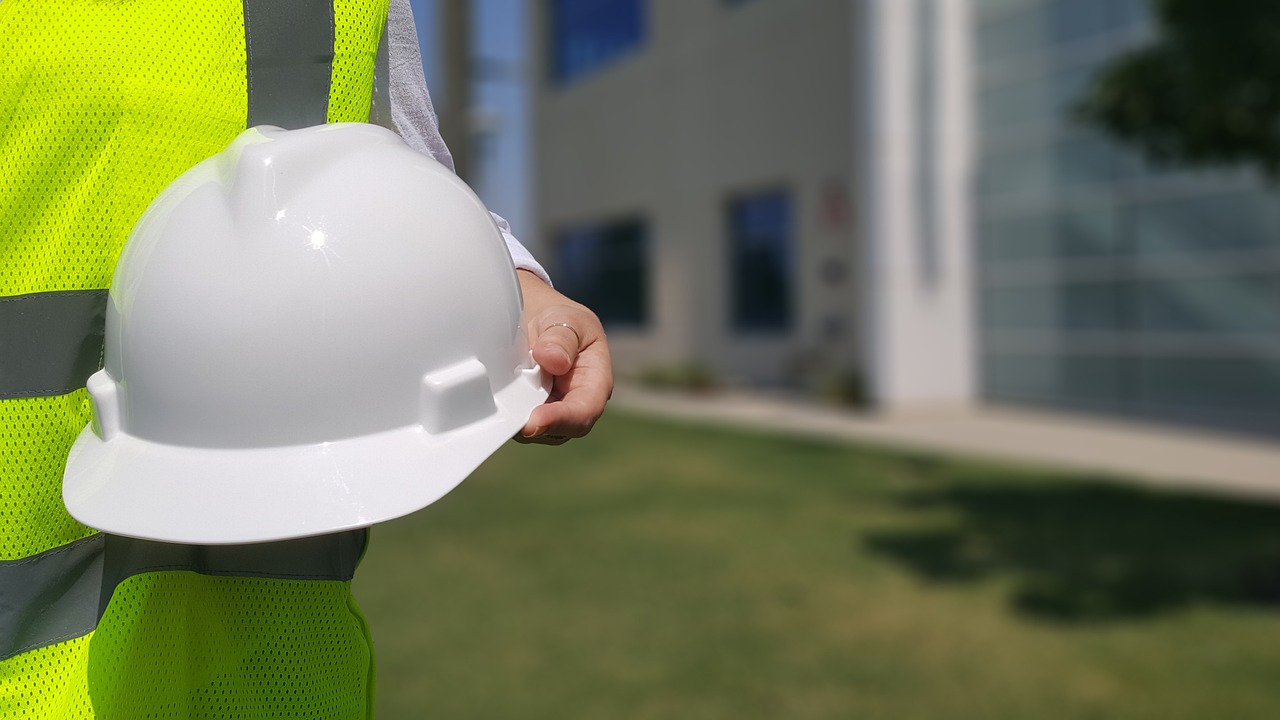
Portable Electric Heaters
When it comes to keeping your space cozy and warm, are like the trusty sidekick you never knew you needed. These little powerhouses offer a range of benefits that make them a popular choice for many households. First off, their mobility is a game changer. You can easily move them from room to room, ensuring that wherever you are, you can stay toasty warm. Imagine curling up with a good book in your living room and then effortlessly shifting your heater to the bedroom when it's time to sleep. It's all about convenience!
However, as with any appliance, there are some important safety considerations to keep in mind. While portable electric heaters are generally safe, they can pose risks if not used properly. For instance, it's crucial to keep them away from flammable materials such as curtains, furniture, and bedding. A good rule of thumb is to maintain a distance of at least three feet from any flammable objects. This simple precaution can significantly reduce the risk of fire hazards.
One of the standout features of portable electric heaters is their energy efficiency. Many models come equipped with energy-saving settings, allowing you to heat your space without breaking the bank. This is especially useful during those chilly winter months when heating bills can skyrocket. Additionally, some heaters even have programmable timers, enabling you to set them to turn on or off at specific times, which can help you save energy and money.
However, it's not all sunshine and warmth. There are a few disadvantages to consider as well. For instance, while portable heaters are great for spot heating, they may not be the best option for larger areas. If you're trying to heat a big open space, you might find that a portable heater struggles to keep up. In such cases, you might want to consider a more permanent heating solution. Furthermore, if you have pets or small children, you'll need to be extra cautious. These heaters can get quite hot to the touch, so it's essential to place them in safe locations where curious little hands or paws can't reach.
To sum it up, portable electric heaters can be an excellent addition to your home heating strategy. They offer flexibility, energy efficiency, and the ability to create a warm environment wherever you need it. Just remember, safety first! With the right precautions, you can enjoy the benefits of your portable heater without any worries.
- Can I leave my portable electric heater on overnight?
It's generally not recommended to leave portable heaters on while you sleep. If you must, ensure it's placed away from flammable materials and has safety features like an automatic shut-off. - What size portable heater do I need for my room?
The size of the heater depends on the room's dimensions. A rule of thumb is to have 10 watts of heating power for every square foot of space. - Are portable electric heaters safe for children and pets?
While many heaters have safety features, it's best to supervise children and pets around them and place them out of reach.

Wall-Mounted Heaters
When it comes to heating your home, offer a unique blend of efficiency and safety that can significantly enhance your living space. These heaters are designed to be installed directly on your wall, saving valuable floor space while providing warmth where you need it most. Imagine being able to enjoy a cozy room without cluttering it with bulky appliances! However, before you rush to install one, it’s essential to understand the various benefits and considerations that come with these heating solutions.
One of the most appealing aspects of wall-mounted heaters is their space-saving design. Unlike traditional heaters that take up valuable floor space, wall-mounted options are elevated, allowing for more room to move around. This is particularly beneficial in smaller homes or apartments where every square foot counts. Additionally, they can be strategically placed to maximize heating efficiency, directing warmth exactly where it’s needed. Think of them as the perfect blend of form and function, seamlessly integrating into your home’s decor.
Moreover, wall-mounted heaters are often energy efficient. Many models use advanced technology to heat a room quickly and maintain a consistent temperature, which can lead to lower energy bills. This efficiency is not just good for your wallet; it’s also better for the environment. By choosing a heater that consumes less energy, you’re doing your part to reduce your carbon footprint. However, it's essential to choose a model that fits your specific heating needs. Consider the size of the room, insulation quality, and the heater's BTU (British Thermal Unit) rating to ensure optimal performance.
Safety is another critical factor when it comes to wall-mounted heaters. These units are designed with safety features such as overheat protection and tip-over switches. Overheat protection automatically shuts off the heater if it gets too hot, preventing potential fire hazards. Additionally, since they are mounted on the wall, they are less likely to be knocked over, making them a safer choice, especially in households with children or pets. However, it’s vital to follow the manufacturer's installation guidelines to ensure that your heater is securely mounted and operates safely.
Installation of wall-mounted heaters should ideally be handled by a professional. This ensures compliance with local safety codes and regulations, minimizing the risk of accidents. A poorly installed heater can lead to serious safety issues, including fire hazards and inefficient heating. Therefore, investing in professional installation is a wise decision that pays off in the long run.
In summary, wall-mounted heaters provide an excellent solution for those looking to heat their homes efficiently and safely. With their space-saving design, energy efficiency, and built-in safety features, they are a fantastic option for modern living. Just remember to consider your specific needs and consult with a professional for installation to ensure you enjoy all the benefits without the risks.
- Are wall-mounted heaters safe for children and pets? Yes, wall-mounted heaters are generally safer as they are elevated and often come with safety features like overheat protection.
- How do I choose the right size wall-mounted heater? Consider the room size, insulation quality, and BTU rating of the heater to ensure efficient heating.
- Can I install a wall-mounted heater myself? While some may attempt DIY installation, it’s recommended to hire a professional to ensure safety and compliance with regulations.
- Do wall-mounted heaters consume a lot of electricity? Many modern wall-mounted heaters are energy-efficient and can help reduce your electricity bills compared to traditional heating methods.
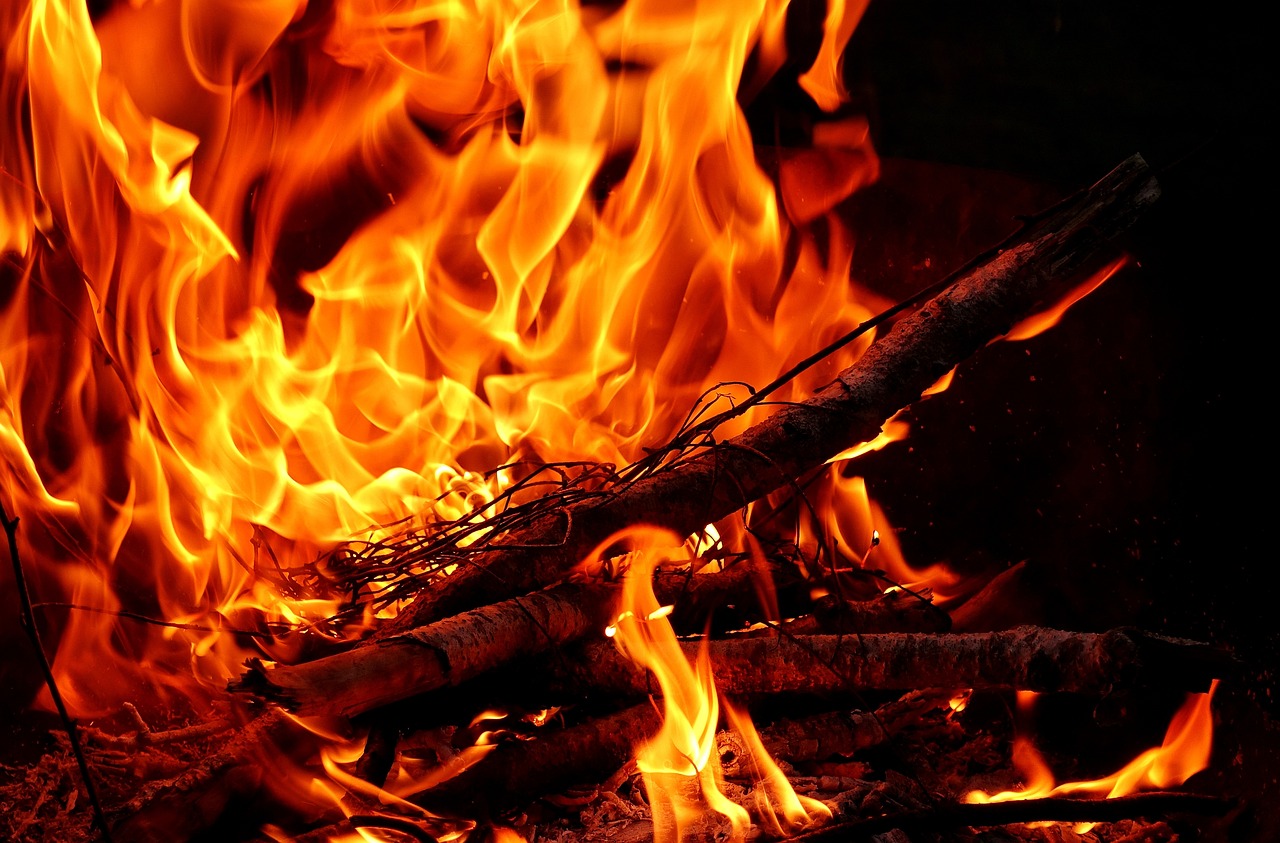
Gas Heaters
When it comes to heating your home, are a popular choice for many households. They are known for their ability to produce heat quickly and efficiently, making them a go-to option during those chilly winter months. However, with great power comes great responsibility, and it's crucial to understand the functionality of these heaters, as well as the essential safety measures that should be followed to prevent any mishaps.
Gas heaters operate by burning natural gas or propane, which generates warmth and can significantly reduce your heating bills compared to electric options. The efficiency of gas heaters is often higher than that of electric heaters, which means they can provide more heat for less energy consumption. But, just like any other appliance that uses gas, there are inherent risks involved. It's vital to ensure that your gas heater is properly maintained and that you are aware of the signs of potential problems.
One of the most critical safety measures when using gas heaters is to regularly check for gas leaks. A gas leak can lead to severe consequences, including fires or even explosions. To identify a leak, be on the lookout for a distinctive sulfur-like smell, which is often added to natural gas to make it detectable. If you ever suspect a gas leak, evacuate the area immediately and contact your gas provider. Additionally, installing a carbon monoxide detector near your gas heater is a wise precaution, as this silent killer can be produced in harmful quantities if the heater is malfunctioning.
Another important aspect to consider is the proper ventilation of your gas heater. Adequate ventilation ensures that the combustion process occurs safely, preventing the buildup of harmful gases inside your home. If you're using a vented gas heater, make sure that the flue is clear and functioning correctly. For unvented models, ensure that your room is well-aerated to allow fresh air to circulate, thereby reducing the risk of carbon monoxide accumulation.
When choosing a gas heater, consider the following factors to enhance both safety and efficiency:
- Size of the heater: Ensure that the heater is appropriately sized for the space it will heat. An undersized heater will struggle to warm the area, while an oversized one may lead to excessive heat and increased energy bills.
- Safety features: Look for heaters with built-in safety features such as automatic shut-off mechanisms, oxygen depletion sensors, and tip-over protection.
- Installation: Always have a qualified professional install your gas heater. This ensures compliance with local safety codes and regulations, minimizing risks associated with improper installation.
In summary, while gas heaters can be an effective and efficient way to heat your home, it’s essential to remain vigilant about safety. Regular maintenance, proper ventilation, and being aware of potential hazards can help ensure that your heating experience is both warm and secure. Remember, safety first!
Q: How often should I have my gas heater serviced?
A: It's recommended to have your gas heater serviced at least once a year to ensure it operates safely and efficiently.
Q: What should I do if I smell gas?
A: If you smell gas, evacuate the area immediately and contact your gas provider or emergency services. Do not use any electrical appliances or light matches.
Q: Can I install a gas heater myself?
A: It is not advisable to install a gas heater yourself; always hire a qualified professional to ensure safety and compliance with local regulations.
Q: What are the signs of a malfunctioning gas heater?
A: Signs include a yellow or orange flame (instead of blue), unusual noises, or an increase in your gas bill without explanation. If you notice any of these, contact a professional immediately.

Proper Installation Techniques
When it comes to ensuring a warm and inviting atmosphere in your home, the installation of fireplaces and heaters is a crucial step that should never be overlooked. It's not just about plugging in a device or stacking some logs; proper installation techniques can significantly reduce fire hazards and enhance the efficiency of your heating systems. Imagine the peace of mind you would feel knowing that your fireplace is installed correctly, allowing you to enjoy cozy evenings without the nagging worry of potential dangers.
One of the first things to consider is the compliance with safety codes and regulations. Each region has specific codes that dictate how fireplaces and heaters should be installed, and these are designed to protect your home and family. Always check local regulations before proceeding with any installation. This not only ensures safety but also protects you from potential fines or issues with home insurance. For instance, using a certified professional can help you navigate these regulations effectively, as they are familiar with the local requirements.
Additionally, understanding the placement of your heater or fireplace is vital. It should be installed in a location that maximizes heat distribution while minimizing risks. For example, keeping heaters at least three feet away from flammable materials, such as curtains or furniture, is a golden rule that should never be ignored. Moreover, consider the airflow and ventilation in the area; a poorly ventilated space can lead to dangerous situations, including carbon monoxide buildup. Always ensure that your installation allows for adequate airflow, which is crucial for gas heaters and fireplaces.
Another important aspect is the quality of materials used during installation. Whether you're setting up a wood-burning fireplace or a gas heater, using high-quality materials can make a significant difference. For instance, using a proper chimney liner can prevent creosote buildup, which is a leading cause of chimney fires. Similarly, ensuring that gas lines are properly installed and leak-tested can prevent hazardous gas leaks. Don't skimp on quality; investing in good materials can save you from potential disasters down the line.
To give you a clearer understanding, let’s look at a simple comparison of installation techniques:
| Type of Heater | Installation Requirements | Safety Considerations |
|---|---|---|
| Electric Heaters | Plug into a wall socket; ensure proper wattage | Keep away from water; do not overload circuits |
| Gas Heaters | Requires professional installation of gas lines | Regular leak checks; proper ventilation needed |
| Wood-Burning Fireplaces | Install chimney and flue according to codes | Regular cleaning to prevent creosote buildup |
Finally, don’t underestimate the importance of post-installation checks. After your heater or fireplace is installed, conduct a thorough inspection to ensure everything is functioning correctly. This includes checking for any gas leaks, ensuring that the chimney is clear, and testing smoke and carbon monoxide detectors. Regular maintenance is key; schedule annual inspections with a qualified technician to keep your heating systems safe and efficient. Remember, a little diligence goes a long way in preventing accidents and ensuring a warm, cozy home.
- What should I do if I smell gas near my heater? If you detect a gas smell, evacuate the area immediately and call your gas provider or emergency services.
- How often should I have my fireplace inspected? It's recommended to have your fireplace inspected at least once a year to ensure safe operation.
- Can I install a heater myself? While some electric heaters can be installed by homeowners, it’s best to hire a professional for gas and more complex installations.
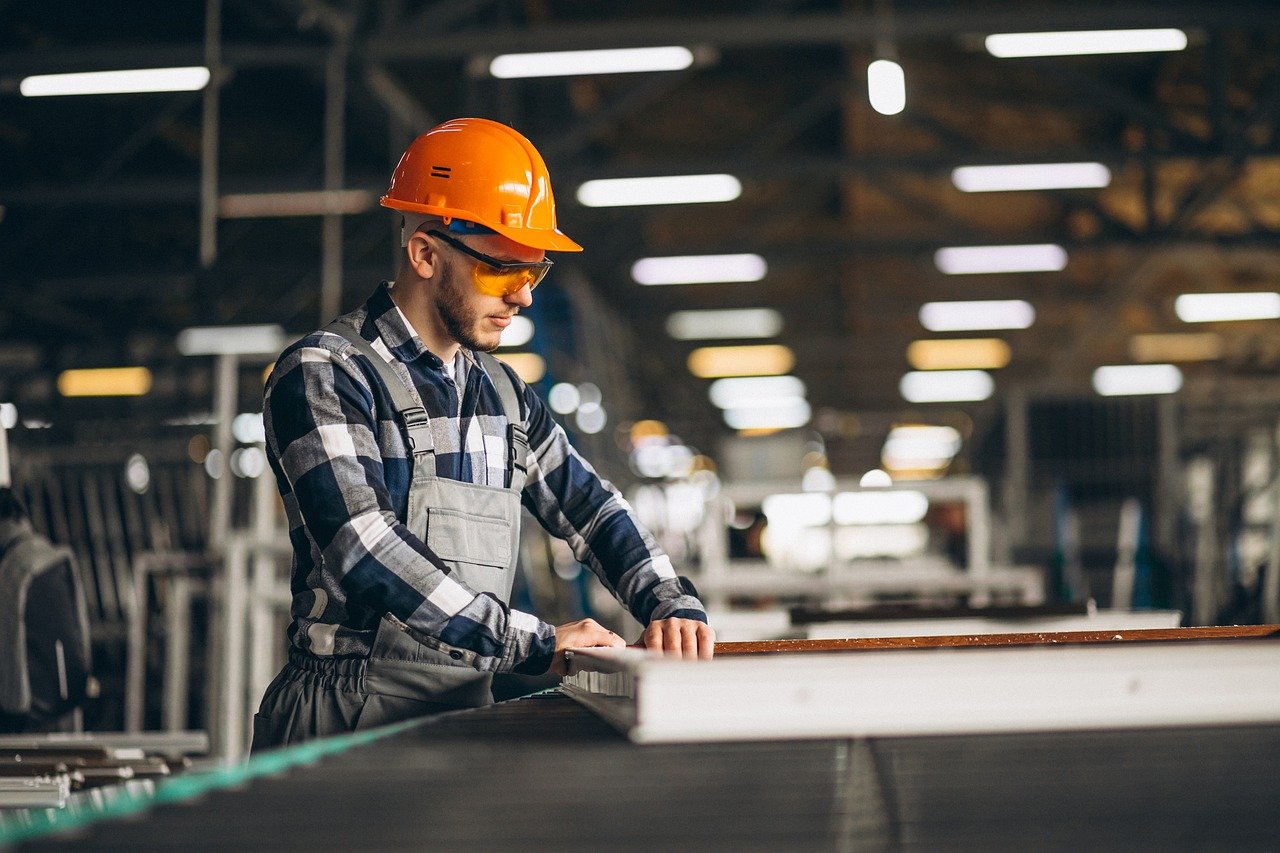
Chimney and Vent Maintenance
When it comes to ensuring the safety and efficiency of your fireplace or heater, is paramount. Just like a car needs regular oil changes to keep running smoothly, your chimney requires consistent upkeep to function properly and safely. A neglected chimney can lead to dangerous blockages, which may result in smoke backing up into your home or, worse yet, a chimney fire. So, how can you ensure that your chimney and vents are in tip-top shape?
Firstly, it’s essential to have your chimney inspected at least once a year by a certified professional. This inspection will help identify any potential issues such as creosote buildup, cracks, or blockages caused by animals or debris. Creosote, a byproduct of burning wood, can accumulate over time and is highly flammable. If left unchecked, it can ignite and lead to a devastating fire. Imagine your cozy evening by the fire turning into a nightmare because of something so easily preventable!
In addition to annual inspections, regular cleaning is crucial. A professional chimney sweep should perform this service, ensuring that any buildup is safely removed. During the cleaning process, they will also check for any structural issues that might need addressing. Think of this as a dental check-up for your chimney — it’s all about keeping things clear and healthy!
Furthermore, vent maintenance is just as important. Vents allow harmful gases to escape your home, and any obstruction can lead to serious health risks. Ensure that vents are clear of any obstructions like leaves, nests, or other debris. A good rule of thumb is to check your vents regularly, especially after heavy storms or windy days. You wouldn’t want to breathe in carbon monoxide because of a blocked vent, right?
Here’s a quick checklist for chimney and vent maintenance:
- Schedule an annual inspection with a certified chimney sweep.
- Clean your chimney regularly to remove creosote buildup.
- Inspect and clear vents from obstructions every few months.
- Look for signs of wear and tear on both the chimney and vent systems.
- Ensure that your chimney cap is intact to prevent animals from nesting.
By adhering to these maintenance tips, you can enjoy the warmth and comfort of your fireplace or heater without the worry of fire hazards. Remember, safety is not just a priority; it’s a lifestyle choice. So, take the time to maintain your chimney and vents, and you’ll be rewarded with a cozy and secure home environment.
Q: How often should I have my chimney inspected?
A: It is recommended to have your chimney inspected at least once a year, especially if you use it frequently.
Q: What are the signs that my chimney needs cleaning?
A: Signs include a strong smell of smoke, difficulty lighting fires, and visible creosote buildup on the chimney walls.
Q: Can I clean my chimney myself?
A: While some homeowners attempt DIY cleaning, it’s best to hire a professional to ensure safety and thoroughness.
Q: What should I do if I suspect a blockage in my vent?
A: If you suspect a blockage, stop using the appliance immediately and contact a professional to assess and clear the vent.
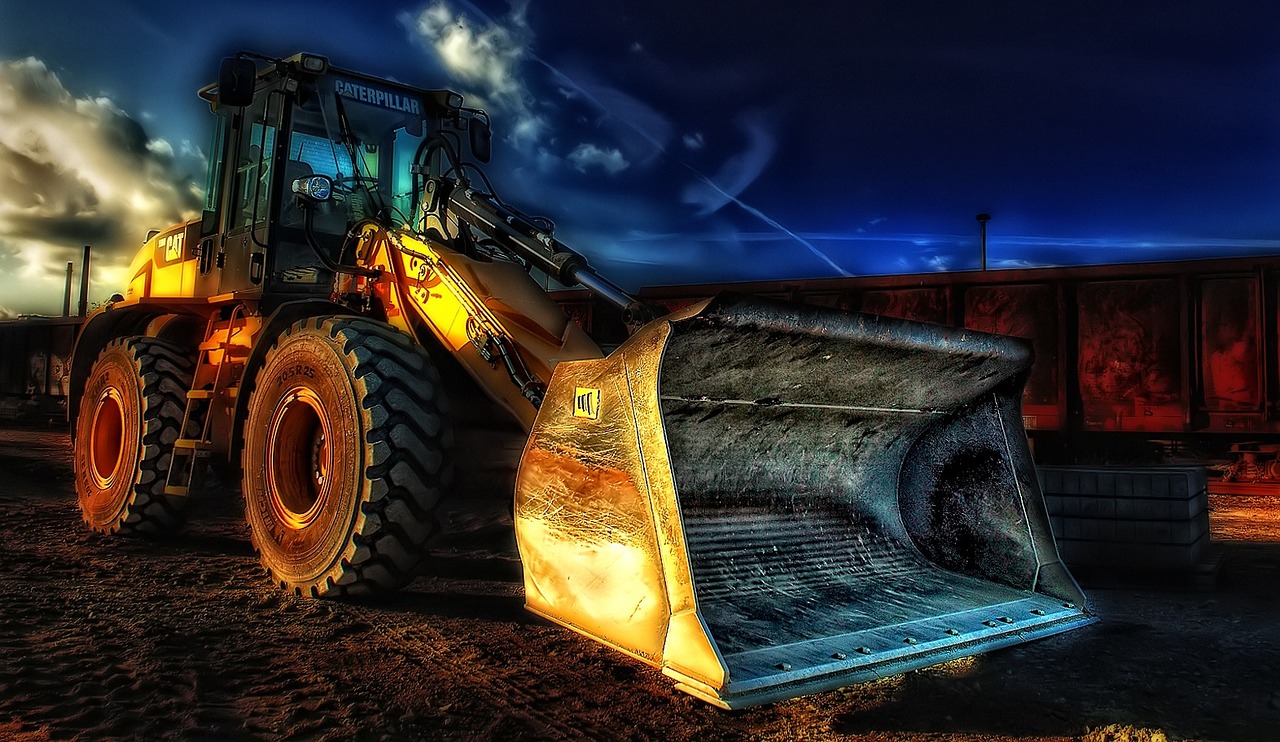
Safety Equipment and Tools
When it comes to ensuring safety in your home while using fireplaces and heaters, having the right equipment and tools is absolutely crucial. Think of these tools as your first line of defense against potential hazards. Just like a knight wouldn’t go into battle without armor, you shouldn’t operate heating appliances without the necessary safety equipment. So, what exactly do you need to keep your home warm and safe?
First and foremost, a fire extinguisher is an essential tool in every household, especially if you have a fireplace or any heating appliance. It’s not just a good idea; it’s a necessity! Make sure it’s easily accessible and that everyone in your home knows where it is located. Additionally, check the expiration date regularly and ensure it is properly maintained. A fire extinguisher can make all the difference in an emergency situation, providing you with the ability to act swiftly and effectively.
Another critical piece of equipment is a smoke detector. These little devices are your best friends when it comes to fire safety. They alert you at the first sign of smoke, giving you precious time to evacuate and call for help. It’s recommended to install smoke detectors on every level of your home, especially near sleeping areas. But don't forget to test them monthly and replace the batteries at least once a year. Consider using a carbon monoxide alarm as well, particularly if you have gas heaters. Carbon monoxide is a silent killer, and having an alarm can save lives.
Now, let’s talk about fireplace tools. Having a set of tools handy makes operating your fireplace safer and more efficient. A typical set includes a poker, tongs, a shovel, and a broom. These tools help you manage the fire safely, allowing you to adjust logs or remove ashes without putting your hands at risk. Remember, never use your bare hands to handle hot materials!
Here’s a quick overview of essential safety equipment:
| Equipment | Purpose |
|---|---|
| Fire Extinguisher | To put out small fires before they escalate. |
| Smoke Detector | To alert you of smoke and potential fires. |
| Carbon Monoxide Alarm | To detect harmful gas leaks. |
| Fireplace Tools | To manage the fire safely. |
In addition to these tools, consider having a fire blanket on hand. Fire blankets can smother small fires and are particularly useful in kitchen fires. They’re easy to use and can be a lifesaver in critical situations. Always keep it in an accessible location, and ensure that everyone in your household knows how to use it.
Finally, don’t underestimate the power of education. Familiarize yourself and your family with fire safety practices. Conduct drills and make sure everyone knows what to do in case of a fire. Knowledge is power, and being prepared can make all the difference.
Q: How often should I check my smoke detectors?
A: It’s recommended to test your smoke detectors monthly and replace the batteries at least once a year.
Q: What type of fire extinguisher should I have for a home with a fireplace?
A: A multi-purpose extinguisher labeled as ABC is ideal for home use, as it can handle different types of fires.
Q: Can I use a regular blanket to smother a fire?
A: It’s best to use a fire blanket specifically designed for that purpose, as regular blankets may not be effective.
Q: How do I maintain my fireplace tools?
A: Regularly clean your fireplace tools after use and store them in a dry place to prevent rust and damage.
Frequently Asked Questions
- What are the common fire hazards associated with fireplaces and heaters?
Fireplaces and heaters can pose several risks if not properly maintained or used. Common hazards include creosote buildup in chimneys, flammable materials too close to heat sources, and malfunctioning appliances. It's crucial to regularly inspect and maintain your heating systems to minimize these risks.
- How can I choose the right heater for my home?
Choosing the right heater depends on various factors like the size of your space, your heating needs, and energy efficiency. Consider the type of heater (electric, gas, or portable), its safety features, and whether it fits your lifestyle. Researching different models and reading reviews can also help you make an informed decision.
- What safety precautions should I take when using electric heaters?
When using electric heaters, ensure they are placed on a flat surface away from flammable materials. Always plug them directly into a wall outlet, avoiding extension cords. Regularly check for frayed wires and turn off the heater when you leave the room or go to bed to prevent accidents.
- Are portable electric heaters safe for overnight use?
While portable electric heaters can be convenient, using them overnight requires caution. Make sure the heater is in good condition, placed away from bedding and curtains, and equipped with safety features like automatic shut-off. It's always best to turn them off when you sleep to avoid potential hazards.
- What maintenance do gas heaters require?
Gas heaters should be inspected annually by a professional to check for leaks and ensure proper functioning. Regular maintenance includes cleaning filters, checking vents for blockages, and ensuring that the pilot light is working correctly. This helps prevent dangerous gas leaks and enhances efficiency.
- Why is professional installation important for fireplaces and heaters?
Professional installation ensures that your fireplace or heater complies with safety codes and regulations. It minimizes risks associated with improper setup, such as fire hazards or carbon monoxide leaks. Professionals also have the expertise to identify the best placement and ensure optimal performance.
- How often should I maintain my chimney and vents?
Chimneys and vents should be inspected at least once a year, preferably before the heating season begins. Regular maintenance helps prevent blockages from creosote buildup or debris, ensuring safe and efficient operation of your fireplace or heater.
- What safety equipment do I need for using fireplaces and heaters?
Essential safety equipment includes smoke detectors, carbon monoxide alarms, and fire extinguishers. It's important to have these devices installed and regularly checked to ensure they are functioning properly, providing peace of mind while using heating appliances.



















